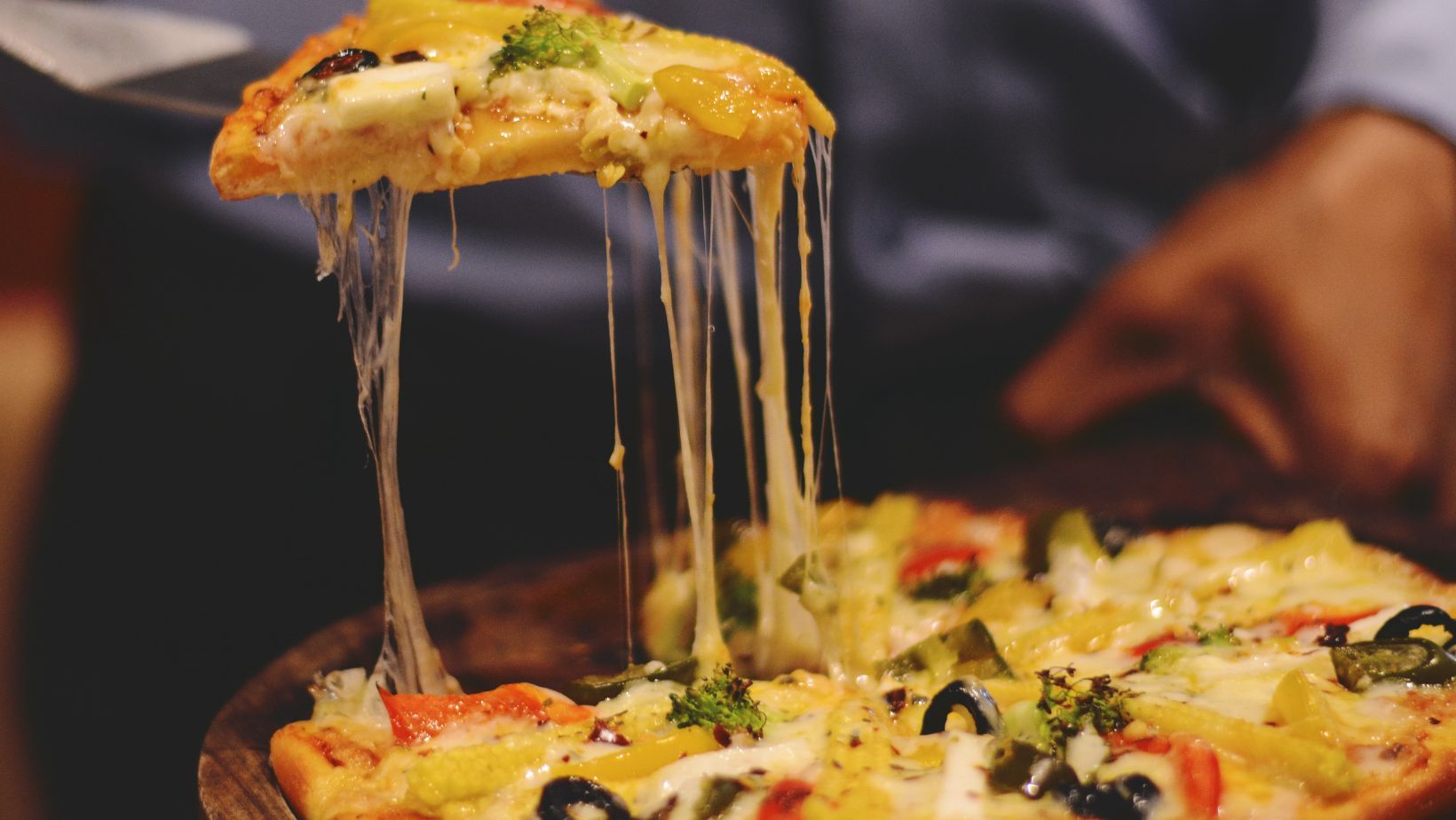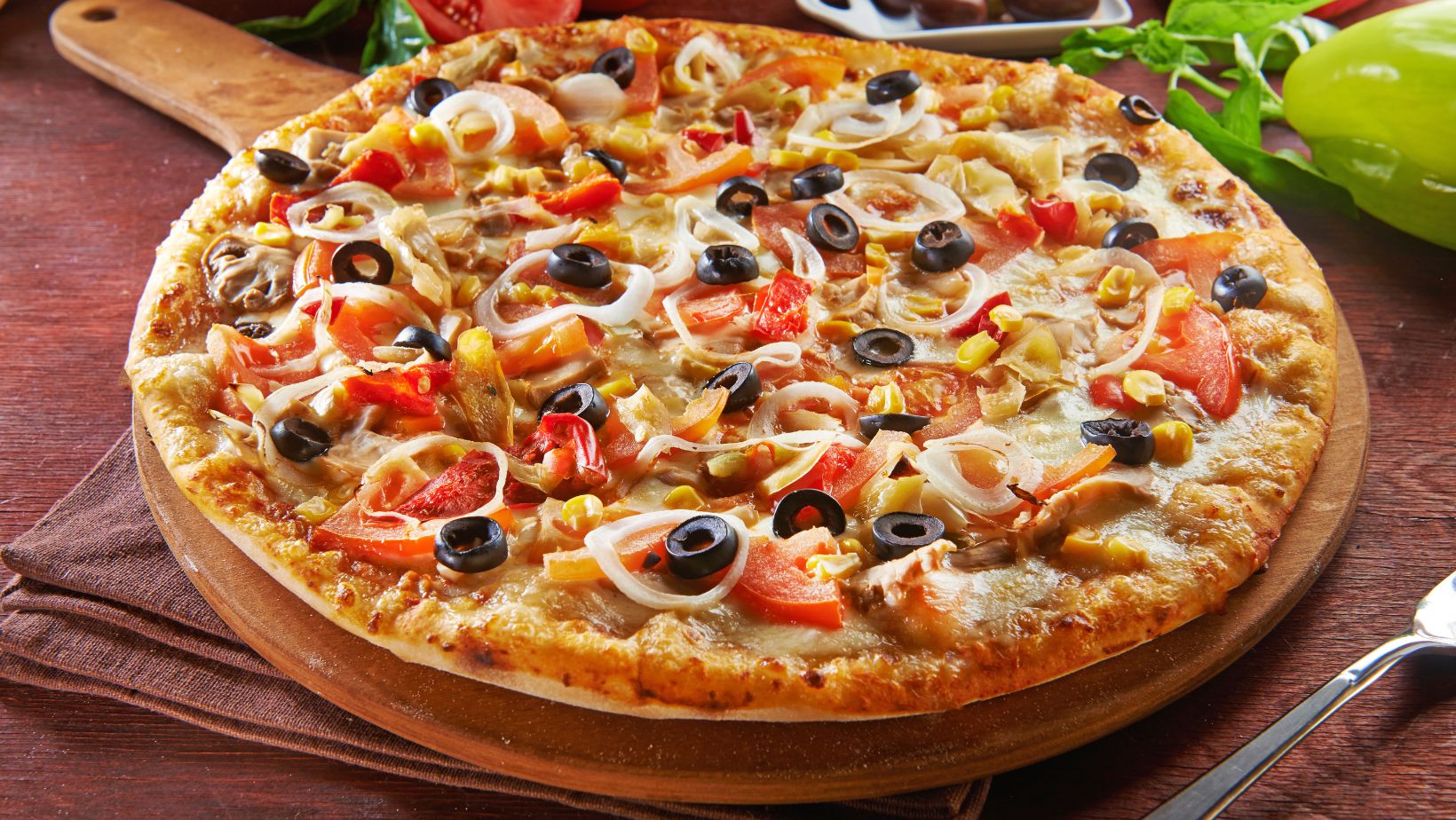With the pizza industry continuing to thrive, the urge to jump into the business is compelling for many budding entrepreneurs. However, opening a pizza restaurant takes more than just a passion for a good slice; it demands a well-thought-out strategy and meticulous planning. Keep reading to learn about creating a distinctive concept, perfecting your offerings, understanding the financials, designing an enticing space, and attracting a loyal clientele.
Setting the Scene: Location, Layout, and Aesthetic Appeals
The location of your pizza restaurant can make or break its success. A high-traffic area with good visibility and accessibility will naturally draw in more customers. Research local demographics to ensure your concept aligns with the neighborhood. Is the area home to families, young professionals, or students? This will influence not only your location choice but also your marketing and operational decisions.
Your restaurant’s aesthetic is a tangible extension of your brand. Whether it’s minimalist and modern or rustic and cozy, the interior design should reinforce the concept you’ve created. Consider elements like lighting, furniture, and artwork to build the atmosphere. Including touches of personality, such as artificial flowers for maintenance-free décor or local art, can also enhance the aesthetic appeal and create a space customers love to visit.
Perfecting Your Pizza: Recipe Development and Menu Curation
A stellar menu is at the heart of any successful pizza restaurant. Begin with the basics: sourcing high-quality ingredients and honing your pizza dough and sauce recipes to perfection. Customers are increasingly interested in where their food comes from, so consider highlighting local suppliers or organic produce. Emphasize the quality and care that goes into each ingredient—this can become a compelling selling point.
A well-organized kitchen workflow is essential for maintaining consistency and quality. Invest in the right equipment, like a high-quality pizza prep table, to ensure your staff can work efficiently. Remember, the layout of the prep area can greatly affect the speed and precision of pizza production, especially during peak hours.
The Dough of Business: Financial Planning for Pizzeria Owners
Starting a pizza restaurant, like any business venture, comes with its share of financial considerations. Securing sufficient capital to cover initial costs, from rent and renovations to equipment and ingredients, is crucial. Careful budgeting and a detailed business plan will help you manage these startup expenses and attract potential investors or lenders.
Understanding the cost of goods sold (COGS) and setting the right prices for your menu items is vital for profitability. Your pricing strategy should reflect both the cost of your ingredients and labor, as well as the perceived value of your offerings. Keep in mind that your prices will directly affect your restaurant’s positioning in the market—too high, and you may alienate customers; too low, and you might struggle to make ends meet.
Proper financial planning also involves anticipating and managing ongoing expenses. This includes not only the cost of ingredients and supplies but also utilities, staff wages, maintenance, marketing, and more. Establishing a regular analysis process for your financials can help you stay on track and make adjustments as necessary to maintain a healthy bottom line.
Lastly, don’t underestimate the power of financial forecasting. Making informed predictions about sales, especially during your first year, can help you prepare for slower periods and capitalize on peak times. Good financial foresight allows you to make smarter investments in your business and avoid unnecessary financial strain.
Building a Fan Base: Marketing Strategies for Your Pizza Restaurant
Effective marketing is the engine that powers your pizza restaurant’s growth. Start building a brand identity early on, with a standout logo, a memorable name, and a compelling narrative. This will set the foundation for all your marketing efforts. Utilize social media platforms to create buzz and connect with your audience before and after you open.
Leverage customer feedback and user-generated content to your advantage. Encourage satisfied diners to leave analysis on popular platforms or share their experiences on social media. Word-of-mouth is a powerful tool, especially in the food industry, and can amplify your marketing message without significant additional cost.
Altogether, success in the pizza restaurant business is about far more than just making great pizza. It involves crafting a distinctive concept, perfecting your recipes, solid financial planning, creating an alluring space, and building a strong marketing campaign. With dedication, attention to detail, and a pinch of creativity, your pizzeria can become the go-to spot for pizza lovers in your community.




More Stories
Local SEO for Contractors: A Comprehensive Guide
5 Practical Ways to Boost Your Confidence and Love Your Body
2023 Brazo2hfnu 4xoa4 Tatuajes para Mujeres: Trendy Designs and Celeb Inspirations